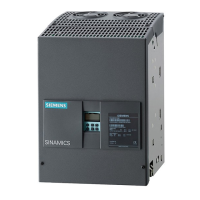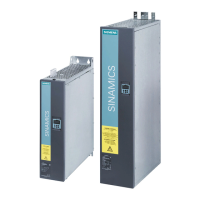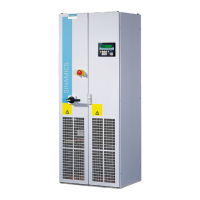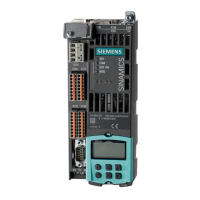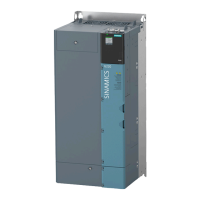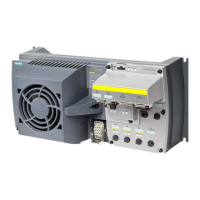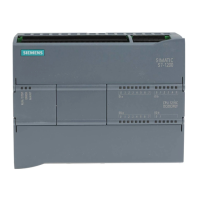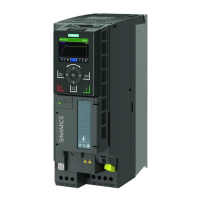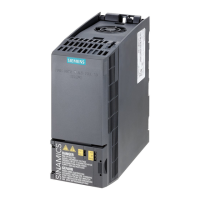Controlling the safety functions
5.2 Control of "STO" and "SS1" via terminal module for option K82
Safety Integrated
Function Manual, 07/2016, A5E03264275A
45
Option K82 is used to activate the following Safety Integrated Basic Functions (terms and
definitions according to IEC 61800-5-2):
● Safe Torque Off (STO)
● Safe Stop 1 (SS1) (time-controlled)
Note
The integrated safety functions, starting from the Safety Integrated (SI) input terminals of the
SINAMICS com
ponents (Control Unit, Motor Module), satisfy the requirements of
61800-5-2, EN 60204-1 and DIN EN ISO 13849-1 category 3 (formerly EN 954-1), as
well as the requirements for Performance Level (PL) d and IEC 61508 SIL2.
In combination with the option K8
2, the requirements specified in EN 61800-5-2, EN
-1, as well as in DIN EN ISO 13849-1 category 3 (formerly EN954-1) are satisfied for
Performance Level (PL) d and IEC 61508 SIL2.
In addition, most of the SINAMICS safety functions have been certified by independent
institutes. A list of currently certified components is available on request from your local
Siemens office.
This option is used when the following requirements apply:
● Activation will be executed isolated in a voltage range of 24 VDC - 230 VAC.
● Using non-shielded control lines which are longer than 30 m.
● The devices are deployed in plants dispersed over a wide area (no ideal equipotential
bonding).
Two independent channels of the integrated safety function are controlled via relays (K41,
K42).
Relay K41 controls the signal at the Control Unit that is necessary for the safety function and
relay K42, the corresponding signal at the Motor Module.
The selection and deselection must be simultaneous. The time delay that is unavoidable due
to mechanical switching processes, for example, can be adapted via parameters. p9650
specifies the tolerance time within which the selection/deselection of the two monitoring
channels must occur in order to be considered as "simultaneous".
The circuit is structured so that it is protected against wire break, i.e. if the relay's control
voltage fails then the safety function is active.
A checkback signal can be derived for information, diagnostics or troubleshooting from the
normally-closed contacts of the relay switched in series. Wiring of the checkback signal can
be performed optionally and is not part of the safety concept.
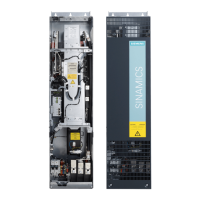
